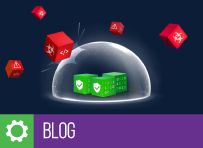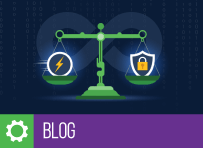Friction between DevOps and Security – Here’s Why it Can’t be Ignored
Note: This post is co-authored by JFrog and Sean Wright and has also been published on Sean Wright’s blog. DevOps engineers and Security professionals are passionate about their responsibilities, with the first mostly dedicated to ensuring the fast release and the latter responsible for the security of their company’s software applications. They have many common …













